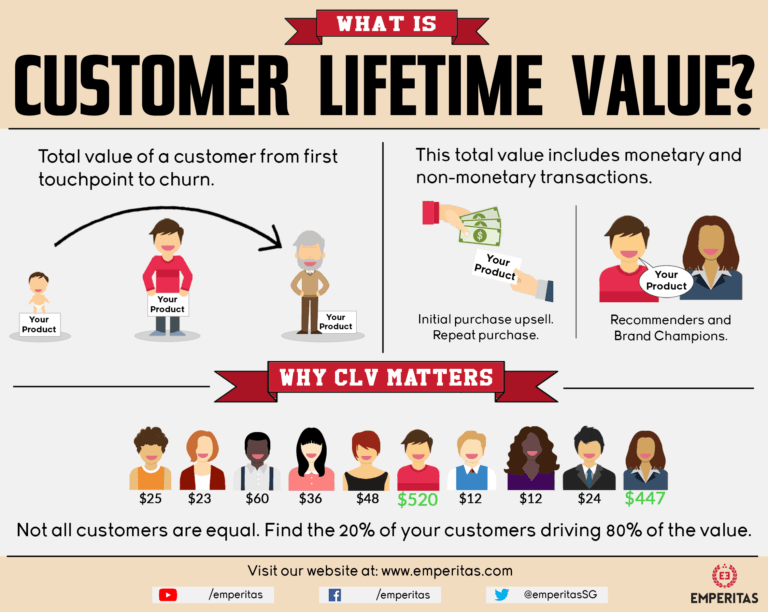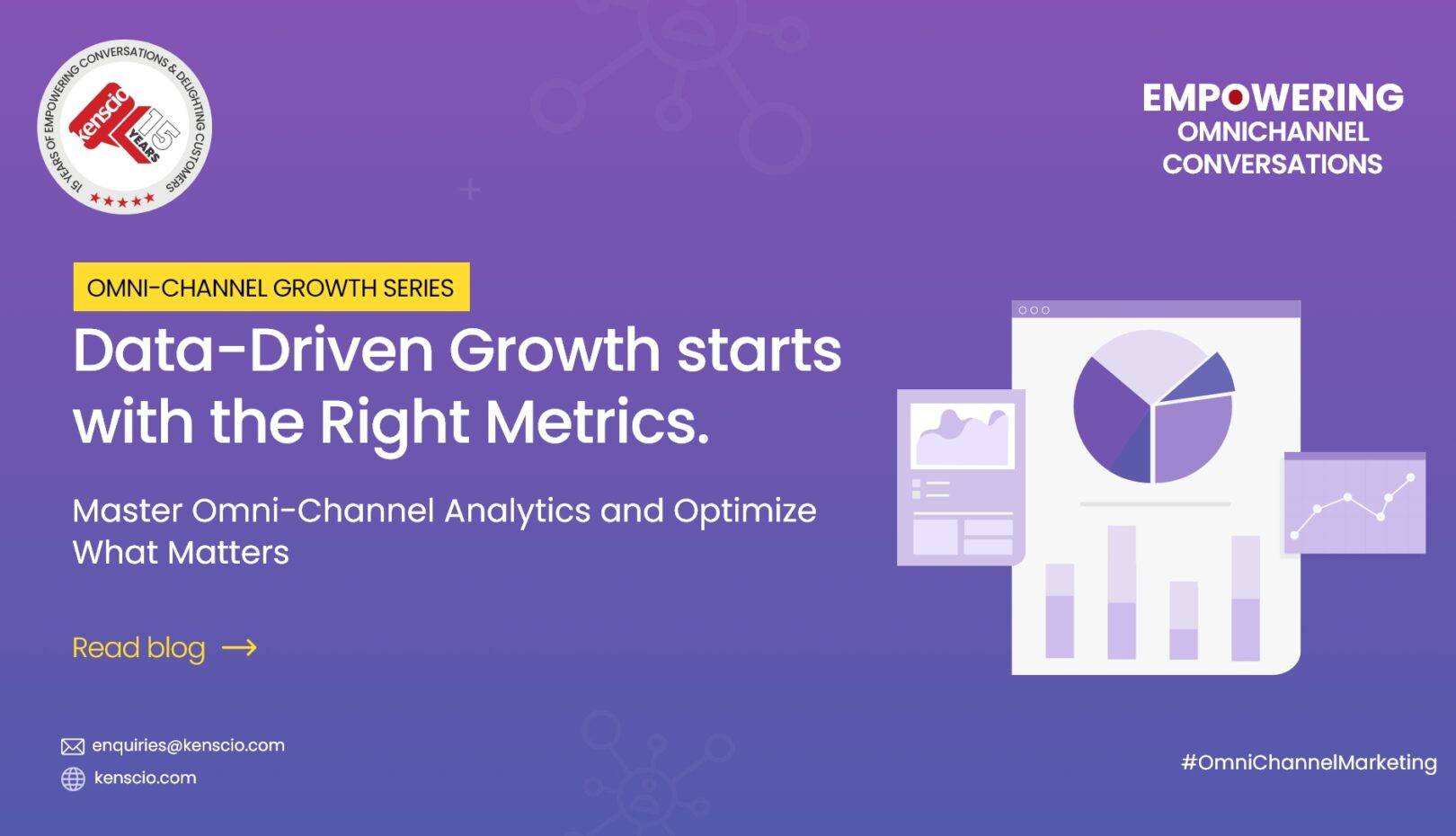- July 15, 2025
- by Parbeshkumar Maurya
Master Omni-Channel Analytics and Optimize What Matters | Omni-Channel Growth Series Blog 8
Omni-Channel marketing isn’t about being everywhere. It’s about being consistent, personalized, and impactful everywhere.
But here’s the catch: If you’re still measuring your marketing performance with only email open rates or ad clicks, you’re missing the full picture.
Your customer moves fluidly between channels, so your analytics need to reflect that journey, not just isolated touchpoints.
In Blog 8 of the Omni-Channel Series, we’ll help you answer one essential question:
Are your Omni-Channel efforts actually delivering results?
Let’s break down the KPIs that matter—and how to use them to optimize your entire strategy.
Why Traditional Metrics Fall Short in Omni-Channel Marketing
Marketing used to be simpler. Run an email campaign, track open and click-through rates, and call it a day.
But now? A single customer journey might look like this:
- See a Facebook ad on mobile
- Visit the website on desktop
- Get a cart abandonment email
- Click on a push notification two days later
- Complete the purchase via app
If you’re only tracking one of those touchpoints, you’ll never know what truly influenced the decision.
That’s the challenge—and the opportunity—of Omni-Channel analytics.
According to McKinsey, companies using advanced analytics to measure Omni-Channel performance see 15–20% higher ROI from marketing investments.
The KPIs That Actually Matter in Omni-Channel Strategy
Here are the key metrics that go beyond vanity and help you measure true customer impact:
1. Customer Lifetime Value (CLTV)
This is your North Star. CLTV tells you how much value a customer brings over time, not just per transaction.
A well-integrated Omni-Channel strategy typically increases CLTV by 30% or more.
💡 If your CLTV is growing post-campaign, that means you’re not just acquiring customers—you’re keeping them.

2. Customer Retention Rate
Your ability to keep customers across multiple journeys.
Strong Omni-Channel brands can retain up to 89% of their customers (Invesp).
Ask: Are we creating journeys that make customers stay longer?
3. Cross-Channel Conversion Rate
It’s not enough to know how many people converted.
You need to know how many people moved across multiple platforms before converting—and where the tipping point was.
Example:
A user clicks your Instagram ad → visits your site → gets an email → purchases through app.
Only tracking the last click misses the magic of that path.
4. Engagement Depth
Are people just seeing your messages, or actually interacting meaningfully?
Track actions like:
- Clicks across channels
- Time spent in app
- Video watches
- Feature usage (for SaaS/product
Higher depth means your content resonates across platforms—not just reaches.
5. Channel Interaction Timeframe
6. Attribution Accuracy (Multi-Touch Attribution)
Omni-Channel journeys demand multi-touch attribution models not just “last click wins”.
This helps you understand which channels contributed most, even if they weren’t the final step.
💡 Use weighted models to distribute credit based on influence, not just outcome.
Real-World Example: How a DTC Brand Used Omni-Channel Analytics to Scale Smarter
How to Start Measuring Smarter Today
GlowSkin, a fast-growing skincare brand, wanted to scale its revenue without increasing CAC.
Here’s what they did:
- Shifted from channel-specific analytics to journey-based tracking.
- Discovered most purchases started on Instagram, but closed via email or app.
- Realized push notifications had low conversions but increased email engagement when sequenced after.
With this insight, they restructured their automation flow and saw:
📈 28% lift in cross-channel conversions
📉 14% decrease in CAC
How to Start Measuring Smarter Today
- Implement a unified analytics platform or CDP
Bring all your data—email, SMS, social, app, CRM—into one view. - Use event-based tracking, not just channel reports
Focus on user behavior across touchpoints, not siloed campaigns. - Switch to multi-touch attribution
Understand which channels contribute—not just which one closes. - Define success per journey stage
Not every channel is for conversions. Some are for trust, education, or re-engagement. Measure accordingly.
Conclusion: Let Data Tell the Real Story
Omni-Channel marketing is complex—but incredibly powerful when it’s measured right.
If you only track surface-level metrics, you’re flying blind.
But if you let analytics show you the real customer story, you can fine-tune every journey, message, and moment for maximum impact.
The future isn’t about doing more—it’s about doing what works, better.
Measure What Matters with Growlytics
Next Blog in the Series:
Blog 9: Building Loyalty Through Omni-Channel Rewards Programs — Keeping Customers Coming Back. Stay tuned — because repeat customers aren’t just lucky… they’re designed.

